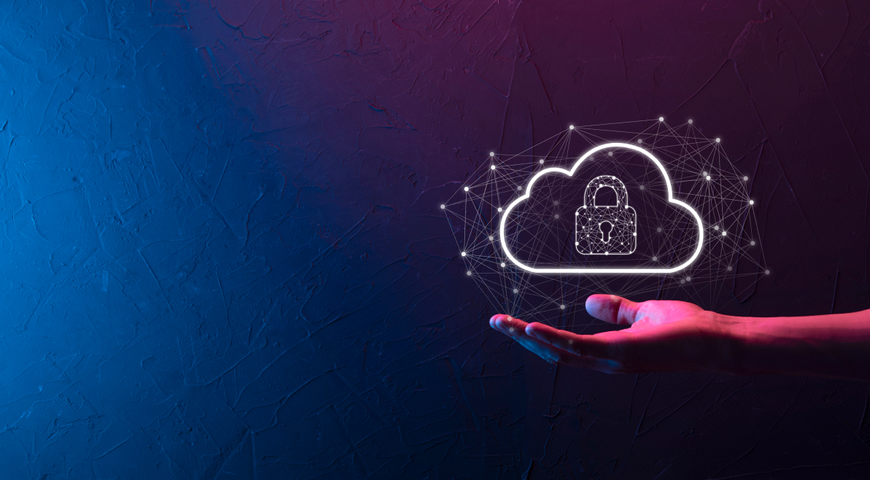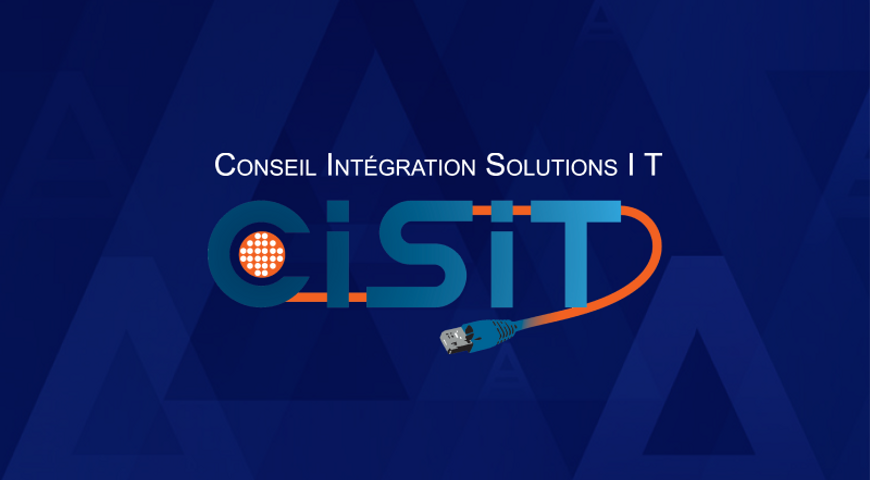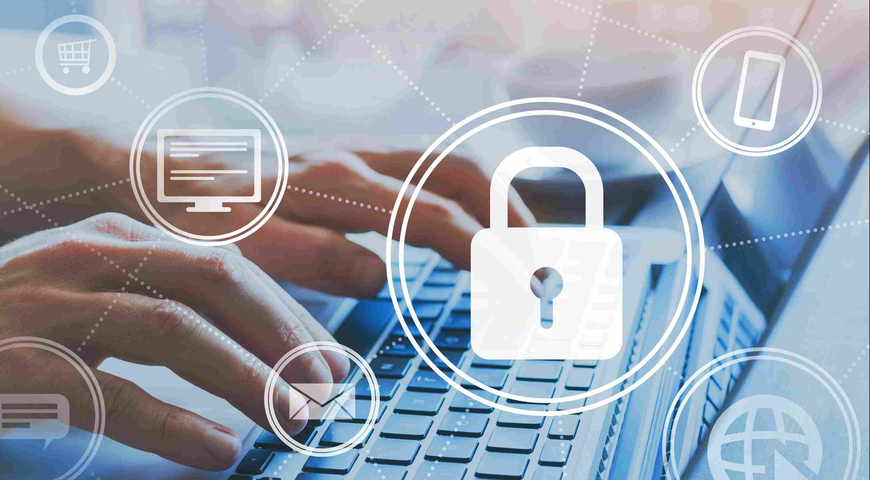
Cloud security automation is a strategy to cloud security reliant on automated systems and processes to secure cloud data, applications, and infrastructure. Cloud security automation comprises numerous techniques, applications, tools, and methodologies to automate many lower-level, repetitive tasks so that security teams and infrastructure specialists can focus on higher-priority processes.
Via automation, your security team can efficiently monitor production environments for security vulnerabilities and follow predefined remediation steps to manage incident response tasks. Security process monitoring tools automatically feed intelligence to DevSecOps teams so they can address cyber threats and safeguard critical resources.
Automation of cloud environments typically includes at least three pillars of cloud infrastructure management:
- Infrastructure security automation
Security operations can benefit from automated vulnerability scanning to detect and remediate security issues within cloud environments.
- Application security automation
Security teams can streamline deployment and block potential threats in applications and libraries in the corresponding pipeline.
- DevSecOps
Your security operations center can directly utilize security frameworks, checks, and controls in the DevOps pipeline.
As both on-premises and cloud environments are becoming increasingly complex, IT specialists must implement enhanced automated security policies to adequately protect your company's digital assets.
Security automation in hybrid cloud environments has many advantages over traditional, manual processes. It reduces the timeframes for application development (benefiting software engineers) and enhances the organization's security posture with encrypted processes. Moreover, it eases threat intelligence gathering and leverages smart security alerts in Incident Investigation to minimize and remediate security risks.
The benefits of security automation tools are undisputed, but let's dive deeper into what makes them a must for modern organizations.
Why cloud security automation is a game changer?
Startups and SMBs lack the resource of large enterprises, so they need to optimize their workforce hours to ensure a streamlined development process, business growth, and continuity. Think of it this way — every minute spent implementing security policies is not spent on implementing features and services to ensure value for customers. As cybersecurity is critical for every modern organization, it's imperative to approach security tasks and processes efficiently.
Via the proper techniques, tools, and methodologies, cloud security automation can deliver a strong security posture without investing too much time or effort. Unlike traditional approaches, cloud automation can significantly speed up security framework implementation during development. Moreover, cloud security automation can ensure that cloud applications are built in line with regulatory standards, such as HIPAA, GDPR, SOC 2, etc., from the start.
However convenient for SMBs, security automation solutions can also benefit large companies and enterprises.
Minimizing the skill gaps
Cybersecurity exposes significant gaps when companies move their operations to the cloud. For example, server farms are now often multi-cloud environments, and corporate PCs, even if regularly patched and vetted, can turn into rogue personal devices exposed to unknown threats.
Cloud automation tools can fill various skill gaps in large companies. As malicious actors adapt quickly to traditional security means, today's threat hunters can't rely solely on conventional patching cycles. Automation can streamline patch deployment, reduce human error and costs, and raise efficiency across the entire company network.
As adoption goes, responsible teams may need to implement a different approach to handling security processes. While DevOps teams are used to the "break and fix" mentality, a security team is typically trained to minimize the impact and ensure that no tool interferes with the company infrastructure on a large scale. If your security team is ready to adopt more of a DevOps mentality, your company can utilize cloud security automation to fill critical skill gaps.

Cloud environment testing and proactive threat hunting
A secure cloud environment enables isolated patch testing at reasonable costs. Once security testing is complete, you will only deploy patches found to be operating smoothly in your existing setup. Automated scanners can detect and identify a vulnerability, deploy a patch to the test environment, monitor its progress, and alert responsible teams of any issues. If no problems arise, the patch can be deployed manually or automatically via a trusted patching agent.
Moreover, the modern IT environment typically contains work-from-home (WFH) endpoints. All devices joining the corporate network pose a risk to its integrity if unsecured. When patches are deployed directly from the cloud, automation is a logical step to reduce human error and combat security incidents.
Automating cloud security ensures a robust threat posture. Automated response capabilities can address vulnerabilities as soon as patches are available without human intervention. This will reduce costs, ease threat identification, and, ultimately, improve security posture and compliance.
Reliable third-party platforms
The good thing about automation is companies don't have to do it alone. With the right security automation platform, your business can enhance security processes without investing much time or effort.
Robust security automation platforms will monitor all endpoints to gather threat intelligence; detecting threats via a dedicated solution yields fewer false positives and eliminates "alert fatigue." Moreover, you can streamline manual tasks, fix security gaps, and benefit from a more focused incident response according to strict security rules.
Moreover, automating cloud security can be a significant benefit to zero-trust environments. Security orchestration, which could usually take months or even years, can be optimized via automated data collection, analysis, and asset discovery tools.
The limitations of traditional security approaches
Once upon a time, antivirus software was the top dog of cybersecurity solutions. Even though it's still a part of every cybersecurity strategy, it's not nearly enough to combat today's ever-evolving cyber threats.
As increasingly sophisticated attacks target organizations of all sizes, companies must assess all legacy cybersecurity solutions and improve and adapt to the current threat landscape. If a business overlooks security monitoring and cloud automation, traditional defenses will not only drain unnecessary resources — they may put critical assets at risk and invite threat actors into your corporate network.
Legacy systems typically require complex configurations and extensive maintenance. However, poor management and a cumbersome patching process may quickly expose them to advanced exploits. Even though many traditional systems are now cloud-compatible, they are not cloud-native — that affects their capability to support the speed and scale required by evolved business environments.
Essentially, traditional solutions lack the agility of cloud-native applications (SaaS) regarding configuration, update deployment, or new features support. Most traditional tools are point-specific, so they can't keep up with the rapidly growing threat surface or the numerous channels hackers try to leverage. This puts them at a considerable disadvantage compared to cloud-native solutions, especially when battling a new, unique cyber threat.
When legacy solutions are no longer relevant to configuration hardening guidelines, maintaining them is no longer cost-effective. Instead of dedicating significant budgets to outdated systems, businesses can shift spending to overhauling reliable systems to secure them long-term.
Moreover, relying on traditional security often gives companies a false sense of security, which, in turn, causes them to lower their guard or behave recklessly. Legacy security tools can't "patrol" the security perimeter efficiently, so they won't detect as many threats as an updated solution. This leads to poorer threat response and enables malicious actors to attack the company network successfully.
The advantages of automated cloud security solutions
Cloud security tools are faster, more efficient, and easier to pilot than legacy solutions. Security automation offers more accurate detection rates via multiple advanced detection engines, capable of rapid, precise scanning of static and dynamic data — text, files, URLs, etc.
Automated processes rely on artificial intelligence (AI) and machine learning (ML), such as natural language processing (NLP) and optical character recognition (OCR), image recognition, and other advanced algorithms to identify phishing websites, spam attacks, impersonation techniques, targeted attacks, and more.
The benefits of cloud security automation are similar to the advantages of any form of automation. They allow teams to leverage technology to perform routine tasks more efficiently, with a smaller chance of human error. A security automation platform can offer the following benefits within the InfoSec scope.
Improved compliance and auditing
Automation tools can manage reporting and compliance activity, thus decreasing regulatory complexity and associated risks.
Enhanced security tools
Automated tools apply and enforce security rules and policies consistently and continuously, with minimal to no human intervention.
Automated threat containment and mitigation
Algorithms can follow automated playbooks to respond to specific security events, which enables more efficient incident detection. Afterward, automated security tools can contain and even resolve attacks with minimal manual intervention.
Reduced security teams' cost
Some companies may not perceive a security automation platform as having "immediate value." The platform typically requires a tech investment upfront, so some businesses will be reluctant to take the step. However, security automation reduces the total operating costs for an organization, as perceived as direct savings in terms of reduced labor costs, lower mean time to repair (MTTR), minimal downtime, optimal RTO and RPO, and more.
Increased efficiency in threat detection
Advanced technology enables more accurate and faster threat detection, allowing security analysts to identify indicators of compromise (IoCs) and indicators of attack (IoAs) more quickly. Automation also helps your security team to prioritize alerts during security monitoring, thus benefiting faster response times.
The future of cloud security and the role of security automation tools
Digital security leaders, dedicated security groups, governments, and enterprises understand the importance of cloud security automation. Even though we can't be certain about how cloud security will look in 10 years, we can make an educated guess on upcoming trends in the near future.
Privacy regulations
Official privacy guidelines play a crucial role in developing and adopting cloud security. Privacy legislation (GDPR, HIPAA) enforces strict data handling policies globally. Companies must always keep every bit of personally identifiable information (PII) or proprietary information in encrypted directory services. This will require organizations to understand the complex, layered model of the cloud to know where the data resides at any given moment to automate deployments and ensure encrypted data protection.
Quantum computing
Quantum computing can greatly impact cloud security automation and encryption algorithms. According to the Cloud Security Alliance (CSA), a quantum computer will break present-day cybersecurity infrastructure on April 14, 2030. All current algorithms used in global public key infrastructure will be vulnerable to quantum attacks. This means that, in a post-quantum world, companies will need to rely on quantum-resistant cryptography via significantly enhanced public key algorithms.
Blockchain
Blockchain will also significantly impact ensuring high assurance levels in ownership and responsibility. Essentially, blockchain-based smart contracts will be able to govern your company's relationship with a cloud provider. If the service crashes or an issue occurs, your service level agreement (SLA) exception will kick in immediately, as it's part of the smart contract.
Smart contacts focus on the fundamental relationships and responsibilities related to critical infrastructure. Blockchain, combined with the cloud, can enable a new era of cloud security automation and ensure control for individuals and companies that require it.
Types of security automation
The three most common security automation approaches include:
- Security Orchestration, Automation, and Response (SOAR)
SOAR comprises software programs developed to fortify an organization's cybersecurity posture. SOAR platforms enable human analysts to monitor security data from numerous sources, including security information and management systems, threat intelligence platforms, different cloud instances, data access requests, and more.
- Extended detection and response (XDR)
XDR collects threat data from endpoints, cloud workloads, emails, and more to enable easier and quicker threat hunting, investigation, and response for security analysts.
- Security information and event management (SIEM)
SIEM comprises security tools and services to combine security events management (SEM) and security information management (SIM) to gain more visibility into malicious activity on the company network. The approach gathers data from every point in the IT environment and sends it to a single, centralized platform. The harvested data can be used there to categorize alerts, issue reports, and propose incident response security tasks.
Analyzing data from all hardware and network applications at all times enables companies to recognize a potential threat before it becomes a full-blown data breach.
Conclusion
Cloud security automation is critical to streamline cybersecurity processes and protect company data against increasingly sophisticated cyberattacks. The proper automation platform can enable organizations to address every aspect of their data protection strategy — from common security tasks to cloud container security and database granular security automation. Streamlining security operations eases threat investigation and incident response, optimizes RTO and RPO, minimizes downtime, and ensures business continuity for organizations of all sizes.
About Acronis
A Swiss company founded in Singapore in 2003, Acronis has 15 offices worldwide and employees in 50+ countries. Acronis Cyber Protect Cloud is available in 26 languages in 150 countries and is used by over 21,000 service providers to protect over 750,000 businesses.



